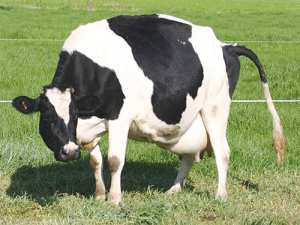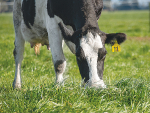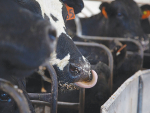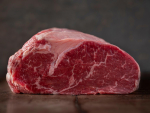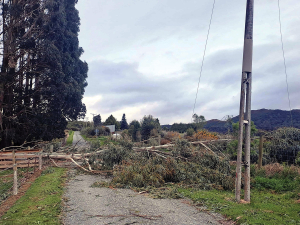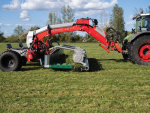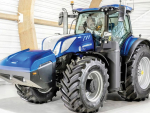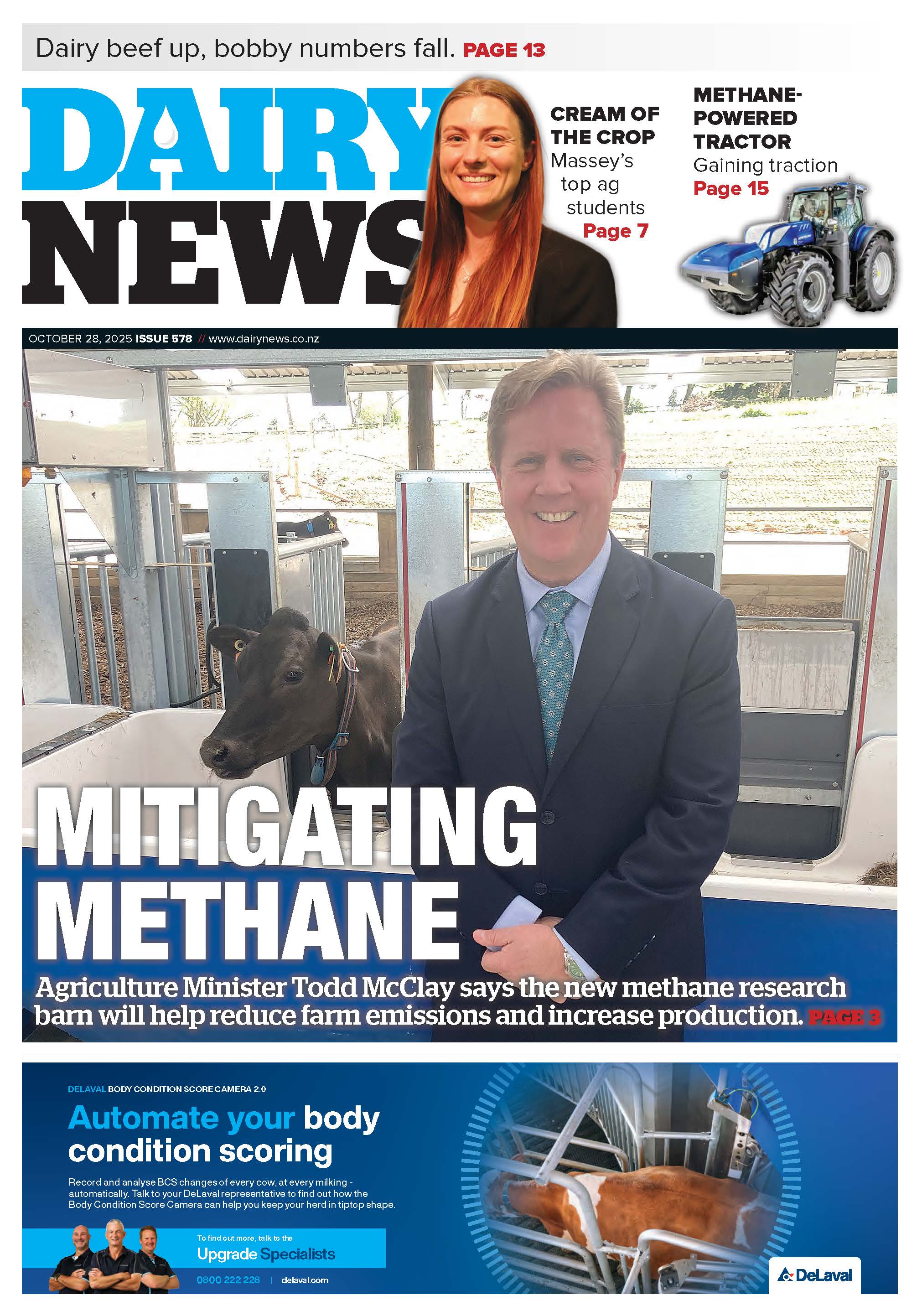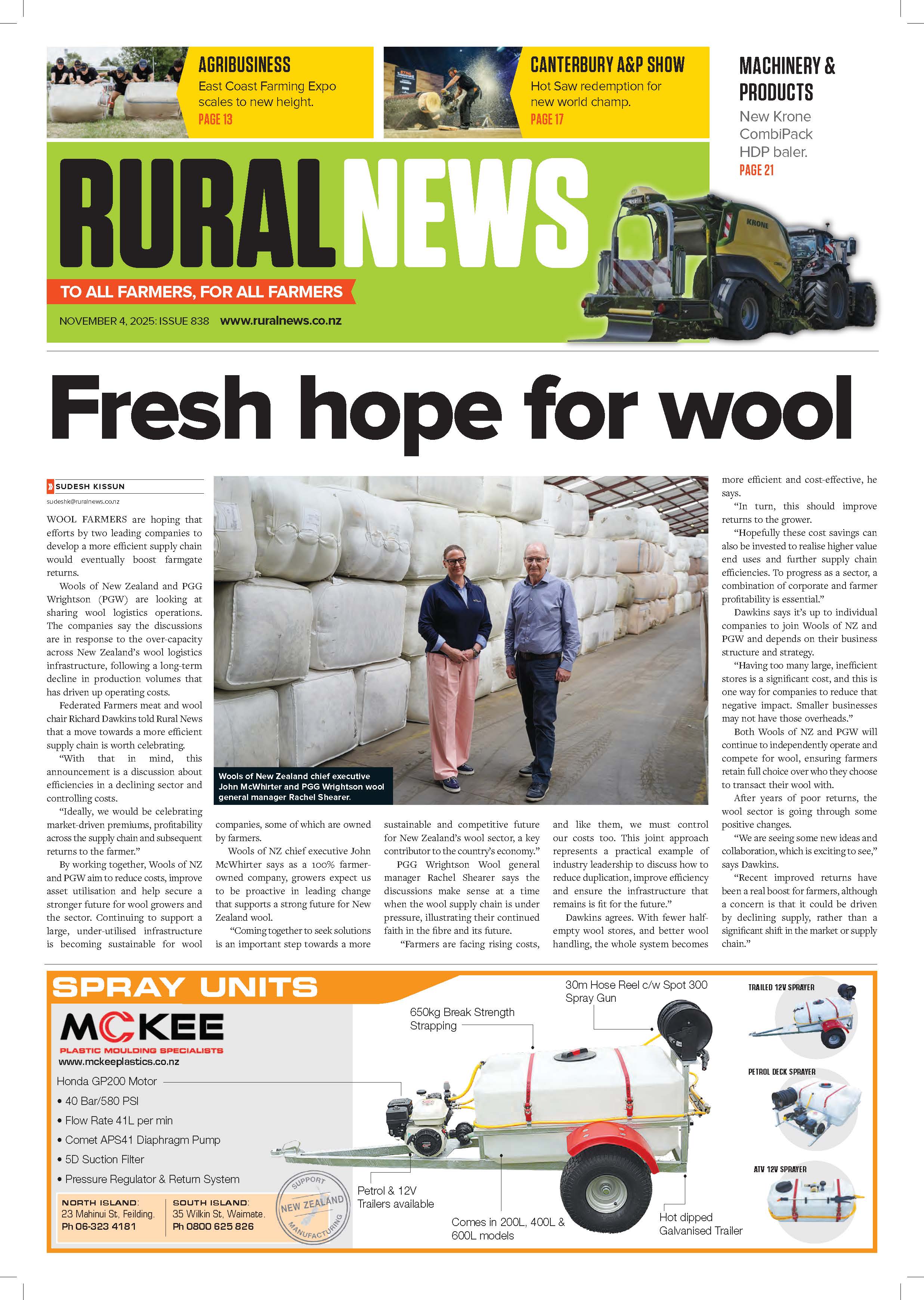Cows close to calving or springers must be inspected frequently; most farms arrange for them to be checked at least every six hours and sometimes more frequently if conditions require it.
If calving is not proceeding normally, remedial action must be taken and a moving vehicle must not be used to provide traction to assist calving.
Check springers for signs of labour regularly, quietly and thoroughly and record what you observe.
Walk quietly through the springer mob; when cows are feeding is best. Don’t walk through the mob when cows are hungry and are waiting to be moved to fresh grass or a new break. Look for cows showing signs of labour.
Check cows at least four times a day. Your manager will set a routine for springer checks.
Check all areas of the paddock and depending on how good the fencing is, check the paddocks next door as well. Check drains, hollows, long grass, hedges – anywhere a calf could be sleeping.
Note the number of any cow or heifer starting to show signs of calving, or that has calved, and report to your manager so you can keep an eye on her progress.
Calving will progress at different rates for different cows. Some may show all the signs whereas others may show very few signs.
Generally, labour can be broken into two stages: preparation for labour and delivery.
Preparation for labour
The preparation phase can take up to six hours in cows and 72 hours in heifers. Look for these signs when observing springers:
- away from herd and reduced appetite
- pelvic ligaments relaxed; vulva looks swollen and flabby
- dip between tailhead and pin-bones
- tummy less full as calf moves into birth canal/birthing position
- mothering other cows’ calves
- discomfort – swishing tail, arched back, restless, peeing, kicking and nosing at her side, tail raising
- straining/contractions
- water bag protruding.
Cows should take 30 - 60 minutes to calve; no more than two hours. Heifers should take two - three hours; no more than four hours.
During a standard delivery, the following process will occur: cow starts straining and pushing; two feet are visible within the water sack.
Once the feet are 10cm clear of the vulva the head has cleared the pelvis. The chest of the calf has not passed through the pelvis at this stage and the umbilical cord is still attached so the cow is still providing oxygen to the calf.
Once the head has cleared the pelvis the cow may rest for a minute or two. Once the calf’s shoulders have cleared the pelvis the birth will continue quickly. The umbilical cord will have likely broken by this point and the calf will start to breathe on its own.
After a normal birth, the cow will stand, sniff and start to lick the newborn calf. Licking will help dry the calf, stimulate blood flow and prevent the calf from getting too cold.
The placenta comes out within six hours of birth.
Early signs
- Swelling of udder can happen up to a month before calving.
- Milk dripping from teats.
- Mucus string from vulva (from plug of mucus that seals the vulva).
- Restless.
• Article sourced from DairyNZ





